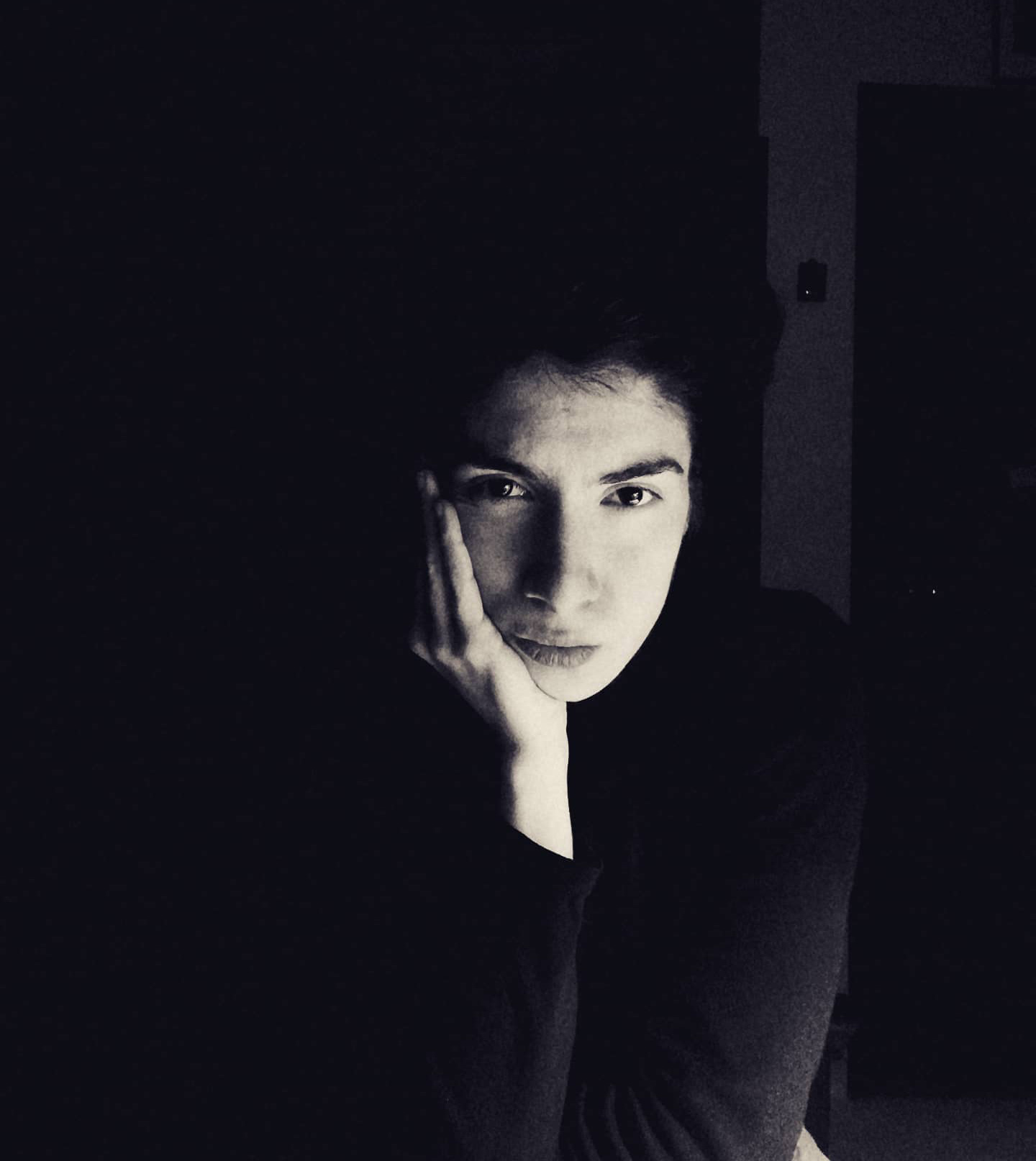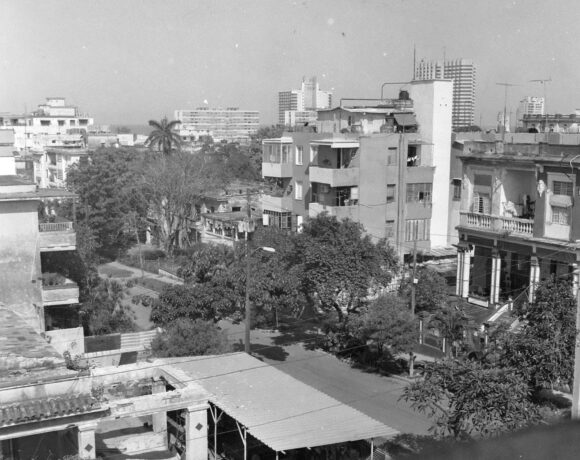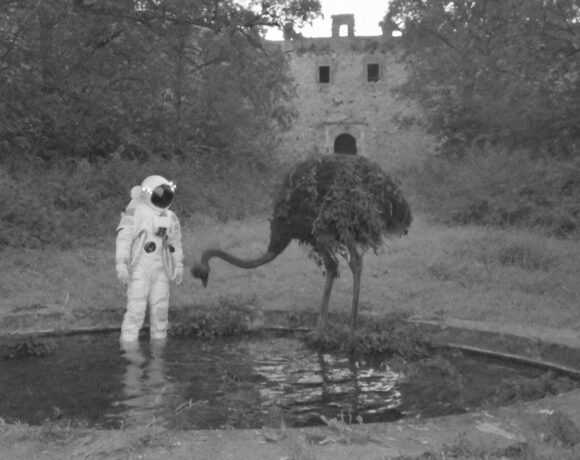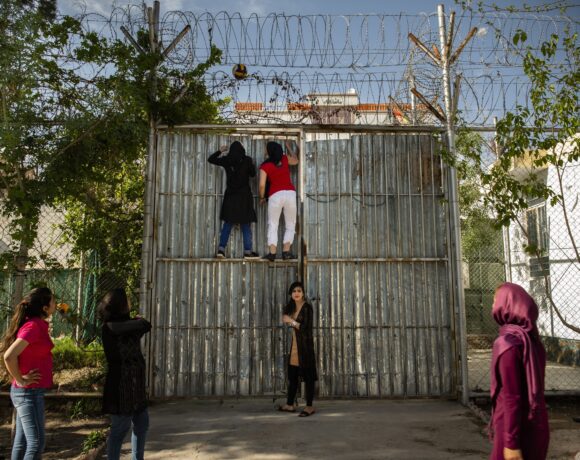Perhaps few know that in the iconic 8½ scene in which Mastroianni, as a winter knight with a snow-white scarf and hat, distributes gifts to his enviable female harem, the first to which he addresses is the very young Elisabetta Catalano: “This” – taking the first little package at the top of the pile of gifts in his arms – “for my dear little sister in law whom I have finally become sympathetic to …”. Very young, beautiful, with a blond bob and an elegantly sharp nose, Catalano gets a small part in the colossus by Fellini. What is more important, however, is that on this occasion, on the set of 8½, she officially picked up the camera. Her talent had been be immediately noticed by Fellini, the first to encourage her. After that first experience, in fact, the director called her to photograph the sets of many other films, later becoming one of the favorite celebrities immortalized by Catalano herself.
On the one hand it is more than necessary to combine her name with that of the nascent and glittering Roman worldliness of the 60s-70s – we all remember her mainly as a portraitist of the VIPs of that period -. On the other hand, due to her specific relationship with the performance, Elisabetta Catalano can be considered to all intents and purposes the co-author of some of the most important performances in Italy of those years. The recent exhibition at MAXXI Elisabetta Catalano. Between image and performance, which ended on 6 September 2020 organized as part of the Performing the Archives project with the collaboration of Elisabetta Catalano Archive and curated by Aldo Enrico Ponis, highlighted the portraitist’s intimate connection with Joseph Beuys, Fabio Mauri, Vettor Pisani and Cesare Tacchi.
In 1973 Beuys, in Rome on the occasion of Contemporanea, went to visit Elisabetta Catalano’s studio for a portrait. He is together with Lucio Amelio, his gallery owner, the collector Pasquale Trisorio and Graziella Lonardi. Living sculpture was born unexpectedly and extemporaneously: the artist had himself photographed holding an invisible object, almost in the act of handing it to the observer; his hands stand out between the empty space and his body is absorbed by the black background, the leg resting on the wall, one foot on the ground in the fur boot, the other resting on the wall. The encounter between performance and photography is not limited to the dialectic of documentation in the case of Catalano. A relationship of empathy as well as mutual productivity is established between photographer and performer, the result of which are four-handed works of personal and artistic introspection.
The portraits evoke the debate between singularity and otherness that Catalano’s images make explicit. Through the camera, the totality represented by the semantic multiplicity that the image of the performer carries with it, full of its poetic authenticity, collides with the eye of the camera, subjective but open to the restitution of a world through the choice of the right moment. To all intents and purposes it is as if the relationship of the individual with the whole world that stands out in front of the photographer was thought, in line with the words of the great philosopher of otherness Emmanuel Lévinas: “The relationship of the individual with the totality that is thought […] presupposes that the totality manifests itself not as an environment that somehow touches the skin of the living as an element in which it is immersed, but as a face in which the being is in front of me” (The I and the totality, 1954).
Participation and separation at the same time at the moment of shooting, the face as a vector of the relationship between the self and the whole. This is what happened in 1972 with Cesare Tacchi’s performance behind closed doors in the photographer’s studio. The artist makes his image re-emerge through a painted glass, evoking the famous Artist Cancellation of 1968 by Plinio De Martiis. Two works are born from the work with Catalano: Self-portrait, Tacchi holding up a glass as if it were a painting and Painting, the reappearance of the artist through the cancellation relived backwards in a sequence of twenty-four shots. If in Self-portrait it is Tacchi’s face that triggers that dialectic between the Self and totality – “The relationship of the ego with totality is a relationship with human beings whose face I recognize” for Lévinas – thus fulfilling Catalano’s talent for close-up photography since it is mainly in the face that the ego dwells, as much importance is given to the body in Painting.
The body is the raw material of art and the accomplice of the performative act that transforms Tacchi’s action into an iconic gesture. Iconicity is on the other hand the other great added value of Catalano to the work of the performer as masterfully demonstrated by all the collaborations with Fabio Mauri: from Ebrea in 1971 to Ideology and Nature in 1973 where the shooting becomes the aesthetic sense of ‘work itself, as well as in Bombed Europe (1978) in which the model Danka Schröder, personification of Young Germany, remains together with the image of Ideology and Nature, an icon of all of Mauri’s great performative work.
Info:
 Elisabetta Catalano, Cesare Tacchi, Painting, 1972 courtesy Archivio Elisabetta Catalano
Elisabetta Catalano, Cesare Tacchi, Painting, 1972 courtesy Archivio Elisabetta Catalano
 Elisabetta Catalano, Joseph Beuys, Scultura invisibile, 1973, copyright Elisabetta Catalano
Elisabetta Catalano, Joseph Beuys, Scultura invisibile, 1973, copyright Elisabetta Catalano

Giulia Giambrone (Rome, 1994) graduated in History of Contemporary Art with a thesis in Aesthetics. She has been following for years the work of Luigi Ontani to whom she has dedicated the essay Luigi Ontani in Teoria. Filosofia, Estetica, Psicoanalisi nell’opera e nell’artista. (Alpes Ed., Rome 2019). She has been intern at the Peggy Guggenheim Collection (Venice) and La Galleria Nazionale (Rome). She is curator between Rome (Fondamenta Gallery) and Venice (Spazio Norbert Salenbauch). She is mainly interested in the relationship between philosophies and contemporary arts.






NO COMMENT